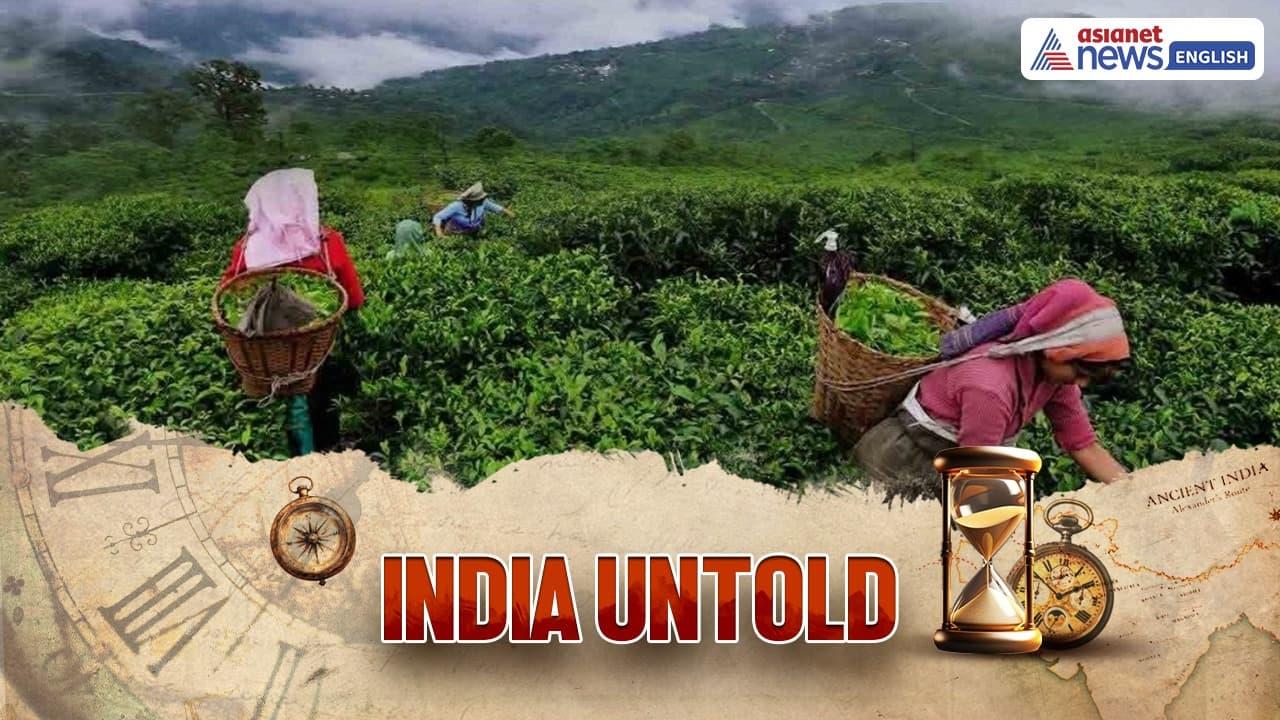India Untold: Assam's Singpho Tribe Used To Drink Tea Even Before It Was Discovered By British
When we think of tea in India, it often drifts towards the lush British-laid estates of Assam, green hills lined with endless plantations. But centuries before the East India Company discovered these fertile lands, the Singpho tribe had already mastered the tea-making, weaving it intricately into their way of life. Their story and rich history challenge the commonly held belief that tea culture in India is purely a colonial import.
The Singpho tribe, whose roots stretch across Northeast India, Myanmar, and China, have nurtured tea traditions dating as far back as the 12th century. Their age-old ritual was a craft in itself - tea leaves heated in iron pans until bronze, dried under the sun for days, then tightly sealed within bamboo tubes and smoked over a crackling fire. Within a week, the hardened leaves, moulded in the shape of bamboo, transformed into a potent brew with a flavour unlike any other.
This creation, known as phalap, is more than just a beverage - it is a cultural emblem. Oral lore among the Singphos recounts how the term phalap emerged from pha or kha, meaning“what,” and lap, meaning“leaf.” The tale of two weary brothers who, while wandering, chewed upon a mysterious leaf that lifted their spirits - a moment that heralded the tribe's discovery of tea.
The Colonial Encounter
By the 19th century, the British were desperate to loosen China's grip on the lucrative tea trade. Their search led them to the Singphos. It was Robert Bruce, a Scottish adventurer, who first heard whispers of wild tea plants from the Singpho chief Bessa Gaum (also recorded as Bisa Gam) in the early 1820s. This introduction piqued British interest in Assam's verdant landscapes.
Soon after, another Singpho leader, Nigro La, established the region's first tea plantation, bridging the gap between indigenous knowledge and imperial enterprise. What followed was the British appropriation of these local practices into a massive colonial project - sprawling tea estates, first experimenting with Chinese varieties but eventually realising the superiority of Assam's native Camellia sinensis var. assamica. Yet, at its heart, this empire was rooted in the centuries-old wisdom of tribes like the Singphos.
Today, amidst the industrial hum of tea factories and commercial plantations, there is a revivalist push to preserve the Singphos' sacred methods. Cultural historians and enthusiasts are documenting these artisanal practices so they are not buried beneath the weight of colonial history. Phalap, with its smoky depth and singular flavour, offers more than a drink - it is a sip of heritage, an ode to the community that first breathed life into India's tea story.
Legal Disclaimer:
MENAFN provides the
information “as is” without warranty of any kind. We do not accept
any responsibility or liability for the accuracy, content, images,
videos, licenses, completeness, legality, or reliability of the information
contained in this article. If you have any complaints or copyright
issues related to this article, kindly contact the provider above.
Most popular stories
Market Research

- Invromining Expands Multi-Asset Mining Platform, Launches New AI-Driven Infrastructure
- Superconducting Materials Market Size, Trends, Global Industry Overview, Growth And Forecast 2025-2033
- United States Lubricants Market Growth Opportunities & Share Dynamics 20252033
- Building Automation System Market Size, Industry Overview, Latest Insights And Forecast 2025-2033
- Brazil Edtech Market Size, Share, Trends, And Forecast 2025-2033
- Australia Automotive Market Size, Share, Trends, Growth And Opportunity Analysis 2025-2033






















Comments
No comment